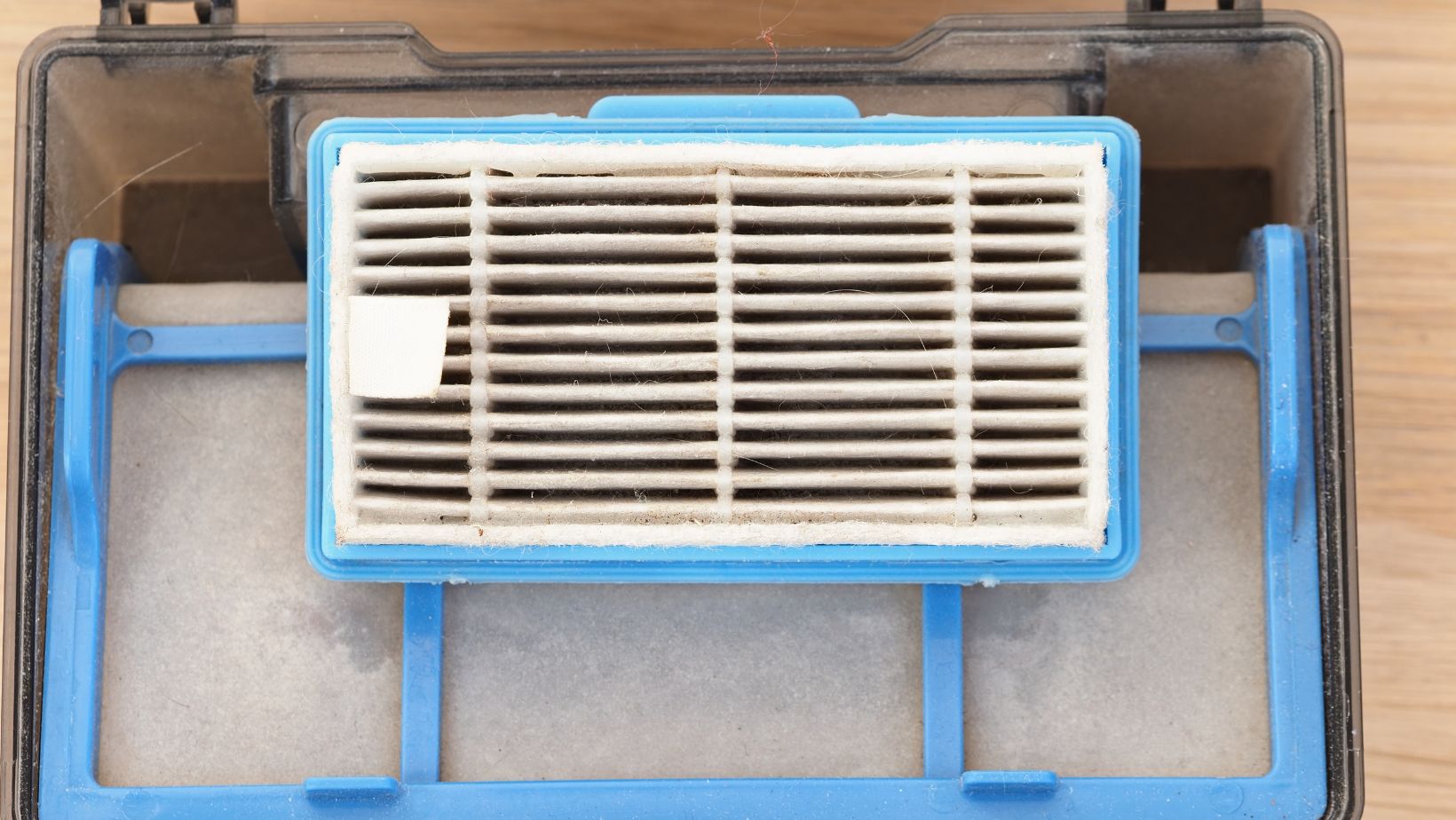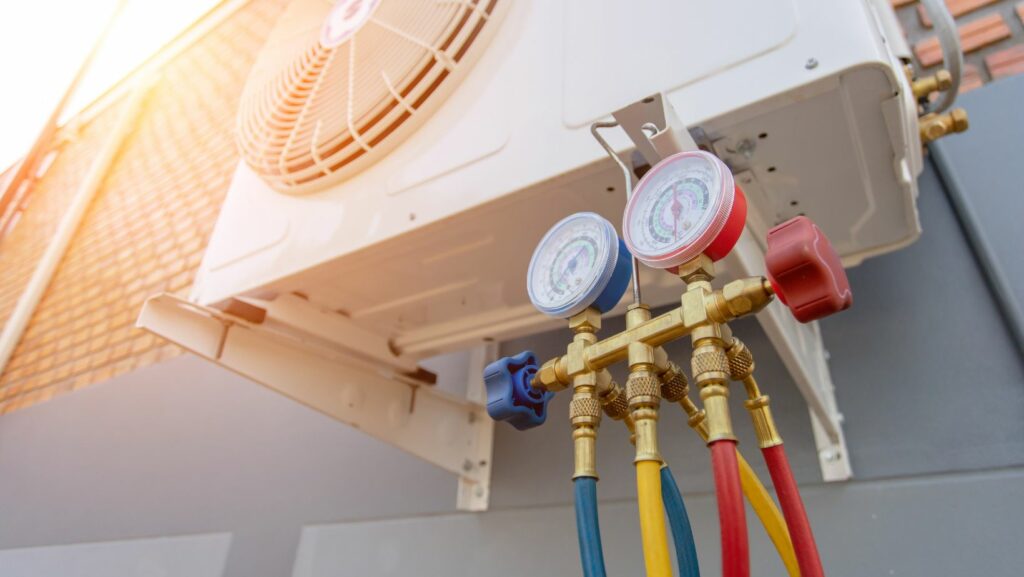Gravity filtration relies on the force of gravity to pull a liquid through a filter medium, allowing the solid particles to be retained. It is a simple and cost-effective method that requires minimal equipment. Gravity filtration is commonly used for small-scale operations or when dealing with non-viscous liquids. However, it may not be as effective when dealing with fine particles or if a faster filtration rate is required.
Contents
Table of Contents
ToggleGravity Filtration vs Vacuum Filtration
Filtration is an essential process in many industries, including chemistry, pharmaceuticals, and environmental sciences. There are different methods of filtration available, each with its own advantages and drawbacks. In this section, I’ll provide an overview of two commonly used filtration methods: gravity filtration and vacuum filtration.
Gravity Filtration
Gravity filtration is a simple yet effective method that relies on the force of gravity to separate solids from liquids. It involves pouring the mixture to be filtered through a filter medium placed in a funnel or filter flask. As the liquid passes through the filter medium, solid particles are retained while the liquid flows into a collection container below.
Some key points about gravity filtration include:
- Ease of use: Gravity filtration requires minimal equipment and can be easily set up in a laboratory or industrial setting.
- Cost-effective: This method does not require expensive vacuum pumps or additional equipment.
- Slower than vacuum filtration: Due to its reliance on gravity alone, gravity filtration is generally slower compared to vacuum filtration.
- Suitable for small-scale operations: Gravity filtration is often preferred for smaller volumes of liquid as it may not be efficient for large-scale operations.
Vacuum Filtration
Vacuum filtration takes advantage of suction pressure created by a vacuum pump to speed up the filtering process. A Buchner funnel or Hirsch funnel equipped with a porous filter medium is connected to the vacuum source. When the vacuum is applied, it draws both liquid and solid particles through the filter medium.
Here are some key considerations regarding vacuum filtration:
- Faster than gravity filtration: The application of negative pressure significantly increases the rate at which solids are separated from liquids.
- Ideal for larger volumes: Vacuum filtration is well-suited for large-scale operations where quick and efficient separation is needed.
- Requires additional equipment: The need for a vacuum pump makes this method more complex and may require a higher initial investment.
- Risk of sample loss: In some cases, the strong suction force can lead to sample loss or undesired contamination.

Understanding Gravity Filtration
Gravity filtration is a commonly used method in laboratories and industries for separating solids from liquids. It relies on the force of gravity to drive the filtration process, making it a simple and cost-effective technique. In this section, I’ll walk you through the key aspects of gravity filtration.
How Gravity Filtration Works
- The Setup: Gravity filtration involves a setup consisting of a funnel, filter paper, and a collection flask. The filter paper is placed inside the funnel to act as the barrier through which the liquid passes while retaining the solid particles.
- Pouring the Mixture: The mixture to be filtered is poured into the funnel containing the filter paper. As gravity pulls down on the liquid, it passes through the filter paper while leaving behind any solid particles that are too large to pass through.
- Collection: The filtrate, or filtered liquid, collects in the flask below while any remaining solids stay trapped on top of the filter paper.
- Efficiency Factors: Several factors can affect the efficiency of gravity filtration:
- Particle Size: Smaller particles may clog or slow down filtration.
- Filter Paper Quality: Using high-quality filter paper ensures better separation.
- Funnel Shape and Size: Properly chosen funnel size and shape optimize flow rate.
Advantages of Gravity Filtration
- Simplicity: Gravity filtration is straightforward to set up and operate.
- Cost-Effective: This method requires minimal equipment and has low operational costs.
- Versatility: Gravity filtration can handle various types of mixtures with different particle sizes.
- Minimal Sample Loss: With careful handling, gravity filtration minimizes sample loss during separation.
Limitations of Gravity Filtration
- Slow Speed: Compared to other methods like vacuum filtration, gravity filtration can be slower due to its reliance solely on gravitational force.
- Limited Pressure Control: Since it depends only on gravity, pressure control is not possible with this method.
- Potential Clogging: Fine particles or excessive solids can clog the filter paper, affecting filtration efficiency.

